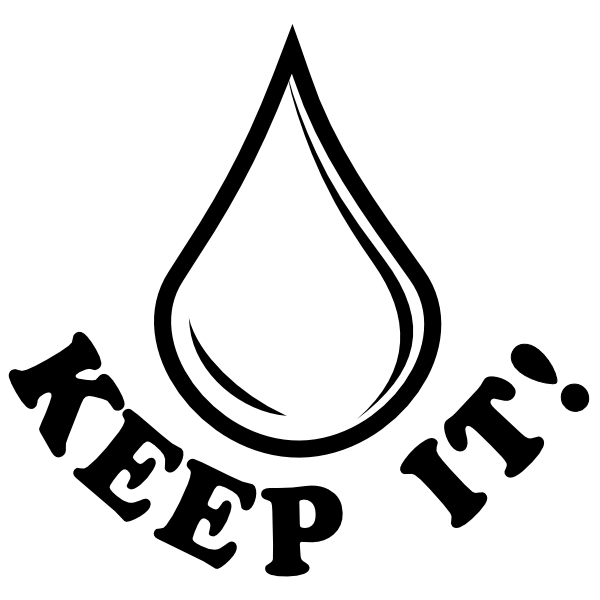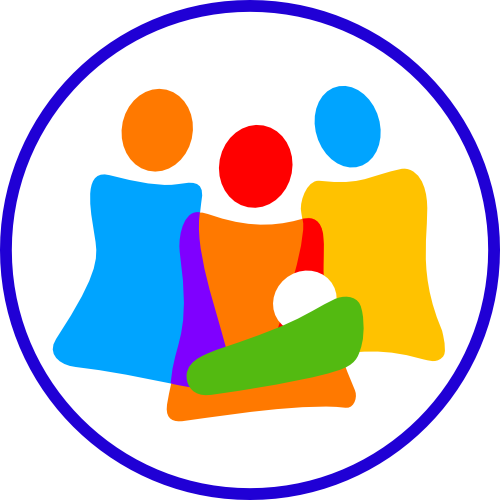December 2023
HIV
Perinatal transmission of HIV from mother to child can occur during pregnancy, birth, and breastfeeding.
The World Health Organization recommends that national or sub-national health authorities should decide how to counsel individuals living with HIV on lactation.1
For more detailed information and references on specific medications, please refer to LactMed, e-lactancia, Infant Risk, or Mother to Baby.
HIV and Lactation in the United States
The United States Centers for Disease Control (CDC) recommends formula or pasteurized donor human milk for infants whose birth parent has a detectable viral load. For individuals with undetectable viral load during pregnancy, labor and delivery, the risk of transmission of HIV through human milk is less than 1%.2 This risk is contingent on the lactating parent maintaining an undetectable viral load with the use of antiretroviral medications during lactation and the newborn being treated with antiretroviral therapy for at least 4-6 weeks. Because of the low risk of HIV transmission for these dyads, the CDC recommends shared decision making on the option of breastfeeding and providing human milk.
The CDC recommends evidence-based patient-centered counseling to support shared decision-making regarding infant feeding and lactation for all individuals living with HIV. Ideally, this is started as early as possible during pregnancy.2
HIV and Lactation in Resource-Limited Settings
The World Health Organization recommends that HIV-infected mothers breastfeed exclusively for the first 6 months of life and continue breastfeeding for at least 12 months, with the addition of complementary foods. They may breastfeed for 24 months or longer, while being fully supported in the monitoring for ART adherence. Once the infant has access to a nutritionally adequate and safe diet without breastmilk, then breastfeeding should stop.1
In many low-middle- income countries, breastfeeding is recommended irrespective of maternal antiretroviral therapy status and viral load.3
For more information on lactation among individuals living with HIV, we recommend reading references 3-5. 3–5
References
(1) Infant feeding for the prevention of mother-to-child transmission of HIV. https://www.who.int/tools/elena/interventions/hiv-infant-feeding (accessed 2023-12-02).
(2) Infant Feeding for Individuals with HIV in the United States | NIH. https://clinicalinfo.hiv.gov/en/guidelines/perinatal/infant-feeding-individuals-hiv-united-states (accessed 2023-12-02).
(3) Bamford, A.; Foster, C.; Lyall, H. Infant Feeding: Emerging Concepts to Prevent HIV Transmission. Curr Opin Infect Dis 2023. https://doi.org/10.1097/QCO.0000000000000986.
(4) Powell, A. M.; Knott-Grasso, M. A.; Anderson, J.; Livingston, A.; Rosenblum, N.; Sturdivant, H.; Byrnes, K. C.; Martel, K.; Sheffield, J. S.; Golden, W. C.; Agwu, A. L. Infant Feeding for People Living with HIV in High Resource Settings: A Multi-Disciplinary Approach with Best Practices to Maximise Risk Reduction. Lancet Reg Health Am 2023, 22, 100509. https://doi.org/10.1016/j.lana.2023.100509.
(5) Cardenas, M. C.; Farnan, S.; Hamel, B. L.; Mejia Plazas, M. C.; Sintim-Aboagye, E.; Littlefield, D. R.; Behl, S.; Punia, S.; Enninga, E. A. L.; Johnson, E.; Temesgen, Z.; Theiler, R.; Gray, C. M.; Chakraborty, R. Prevention of the Vertical Transmission of HIV; A Recap of the Journey so Far. Viruses 2023, 15 (4), 849. https://doi.org/10.3390/v15040849.

